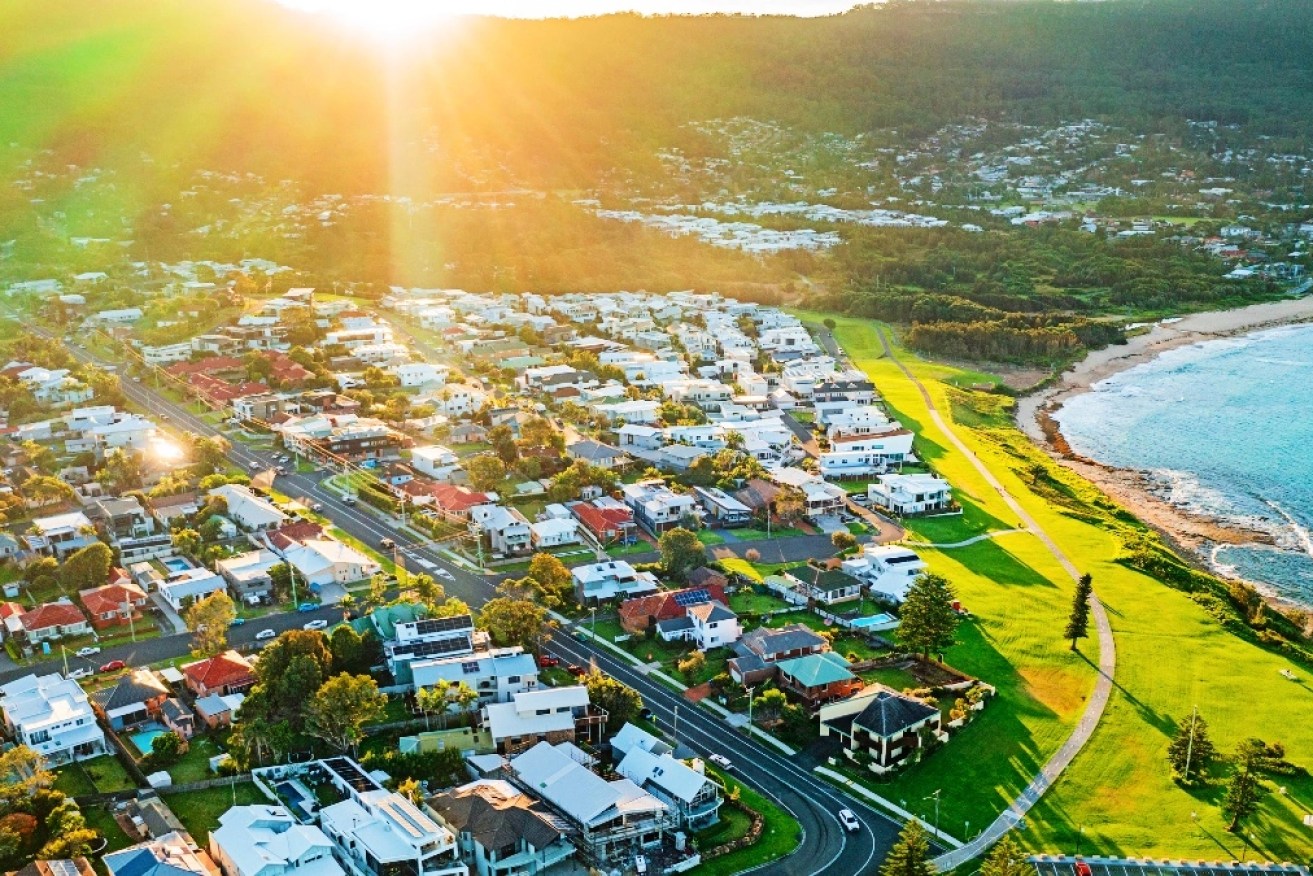Rent prices may fall in 2024, and the suburbs where it’s happening


Australia's three largest political parties have started outlining competing pitches to solve the housing crisis. Photo: Getty
There may be relief in sight for Australia’s embattled renters, with new data showing prices have started to fall in many suburbs.
The trend is likely to continue with 2024 shaping up as a more manageable year as interest rates fall, CoreLogic head of research Eliza Owen said.
“Rent values rose for the 35th consecutive month nationally in July. However, monthly rent growth has eased over the past four months,” Ms Owen said on Tuesday.
“Slowing rent growth is expected to be one of the key housing market trends next year.”
Figures published by CoreLogic on Tuesday reveal which suburbs across major cities – including Melbourne, Sydney and Brisbane – have seen rents fall over the past quarter.
Biggest falls in Sydney
Almost 20 per cent of rentals across Sydney fell in price over the past quarter, CoreLogic says, while just 5 per cent of properties declined across Melbourne and 9 per cent across Brisbane.
In smaller cities the falls were much more widespread; Hobart saw 92 per cent of its suburbs decline in price over the three months to July, while Canberra saw 88 per cent of suburbs fall.
It should be noted that CoreLogic didn’t quantify the falls and in many cases they could be small.
But it still represents welcome relief for renters hit by sky-high rent increases over the past year.
Australians shouldn’t expect most of the rent growth over the past two years to unwind, however, with falls over the next year slated to give back only some of the gains suffered by millions of families.
Below is a table of the suburbs where rents fell over the three months to July.
Ms Owen said there are three reasons that rent growth will ease heading into next year: The likelihood that rates will begin falling; shifting housing preferences, and stretched affordability.
“Importantly, although we are likely to see a further slowdown in the pace of rent increases, rental affordability challenges are likely to persist,” Ms Owen said.
“On top of cyclical factors driving a slowdown in rent growth, more can be done to ease rental values and make renting better.”
Why rent relief is on the horizon
Interest rates have been on hold for two months and with the Reserve Bank expected to keep it that way, there are expectations that cuts will occur at some stage in 2024.
Ms Owen said that rents have risen alongside rates in 2023, indicating that the same will happen in the opposite direction when rates begin to fall next year.
The second factor set to ease pressure on rents is a return of share housing, which fell during COVID-19 as people used higher incomes to get their own place.
With income growth easing, many Australians are seeking to save money by shifting their housing habits back to cheaper options, Ms Owen said.
“As income growth slows, renting households may look to adjust their housing situation, and reform share houses,” she said.
“In regional Australia, the average household size has returned to pre-pandemic levels , and is starting to rise across the combined capital cities.”
The third reason rent growth is set to ease is down to stretched affordability.
As TND has explained previously, experts are expecting rent growth to top out simply because too few Australians will be able to pay such high rents.
It’s a grim reality because it means a much larger number of Australians are experiencing housing stress, but it should stop prices rising further.








